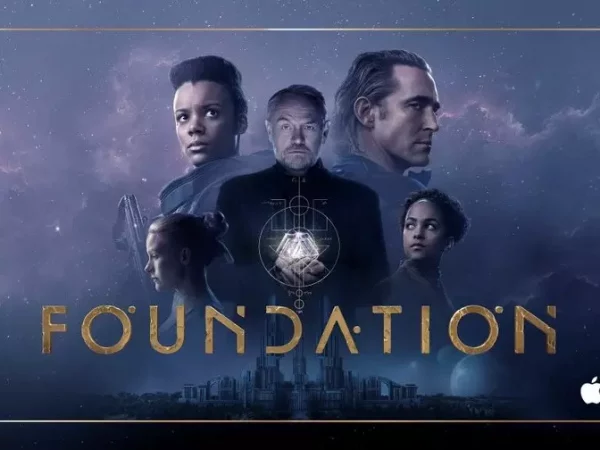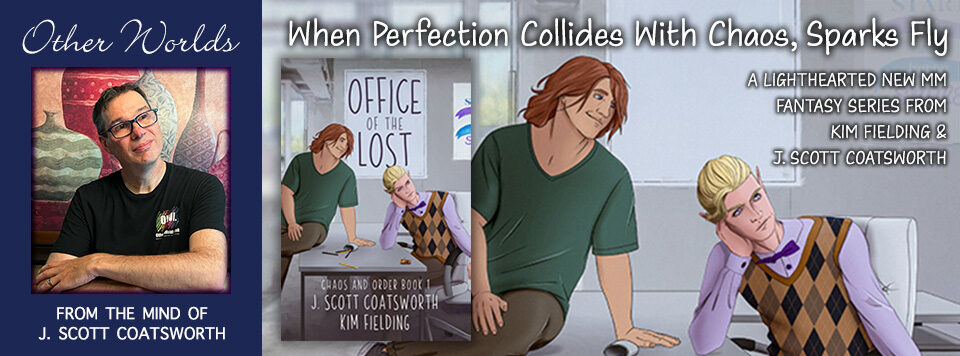
Note: this column contains spoilers about the Foundation TV series. If you’ve not watched it yet you may want to wait until you do to read it.
Because of my broken arm and surgery, I am still limited in what I can do. I can type to a certain extent, but my reach is not very far, mostly do self one-handed (insert jokes here) or via voice to text, which can create some interesting errors.
Because of this, I am currently working from the couch, where it’s a lot more comfortable to use the keyboard on my laptop than the desk.
One of the fringe benefits – I can finally catch up on some of the TV series and movies that my husband Mark has absolutely no interest in – mostly fantasy and hard sci-fi stuff.
I just finished watching the Foundation series, based on the books by Isaac Asimov.
The series started a little rocky for me, but over the first few episodes things improved drastically, and I was hooked. It’s probably been four decades since I read the series, so it’s hard for me to say exactly what the differences are between the books and the TV version.
I expected the “psychohistory’ aspect – the mathematical prediction of future events – to be the most interesting part of the series. It’s definitely a big part of it, but it feels a little bit lazily implemented here. While we’re told that Hari Seldon can only predict the future in broad strokes, he seems to have a knack for predicting some very specific things, including the surprise appearance of a lost Empire battleship.
There are a number of times during the first ten episodes where he not only predicts the advent of a crisis, which you would expect, but also some of the very minute details that involve actions of specific individuals, which is exactly what psychohistory is not supposed to be able to do. It felt a little off to me, from my memory of the original books.
But what fascinated me the most was the “Empire” characters – the three cloned emperors that are in charge of the Empire at any given time. Four-hundred years before the advent of the series, the first Emperor Cleon decided it would be in the best interests of the stability of the empire to clone himself and become the perpetual emperor. And not once, but three times
There are three “Empire” characters at a time – each addressed as “Empire” because they are the physical embodiment of the far-flung human civilization.
The youngest is called Dawn, the Empire in training. The middle one is Day, the ruling Empire. And the oldest is Dusk, the adviser to Day.
During the first season, we see two sets of Empires. At the beginning of the series, the youngest seems empathetic, the middle one is brash and cruel, and the oldest is much more measured. There’s a reason for these differences in temperament which isn’t revealed until near the end of the season, and the reveal is masterfully done.
As we slip forward in time, we get to see the same characters change positions – Day becomes Dusk and Dawn becomes Day, and the old Dusk is, shall we say, “retired.” There’s a new Day as well.
Actor Lee Pace, a favorite of mine since he was in Wonderfalls and later in Pushing Daisies (and who also popped up in the Hobbit films as the king of the forest elves) plays Day. It’s fascinating to watch him tackle two different versions of this middle “Empire” character, and we have to remember that the version we’re watching later in the season was the white eyed little boy in the first part.
I love the idea that the same thing that brought stability to the Empire – having the same emperor over and over again, with spare copies just in case – is also the thing that will destroy it by causing it to ultimately stagnate. This part of the story is very well thought out – there are even back up Empires that absorb the experiences of the current ones, in case one dies or needs to be replaced. These men are the ultimate controllers of everything, but they too are trapped in a cage that they didn’t create. And part of the tale hinges on whether they even have souls.
The other thing that fascinated me about this version was the character of Demerzel. She’s revealed fairly early on to be a robot, one of the few still in existence, and if you’ve read as much of Asimov’s work as I have, you may have an idea of who she really is and what she represents for the story going forward. She’s brilliantly played by Finnish actress Laura Birn, who slowly peels back the layers of the character over the first season, revealing a surprising vulnerability underneath the harsh, strong outer shell of this enforcer of the Empires’ law.
Overall, I enjoyed this series immensely. Well I am sure it has taken some liberties with the original books, it felt true to the spirit of the Foundation.
My only real disappointment? That I have to wait for the next season. With luck it will be here at the end of this year or early in 2023.
Oh and a few more LGBTQ+ characters would be nice.
Have you watched this series yet? What do you think?
